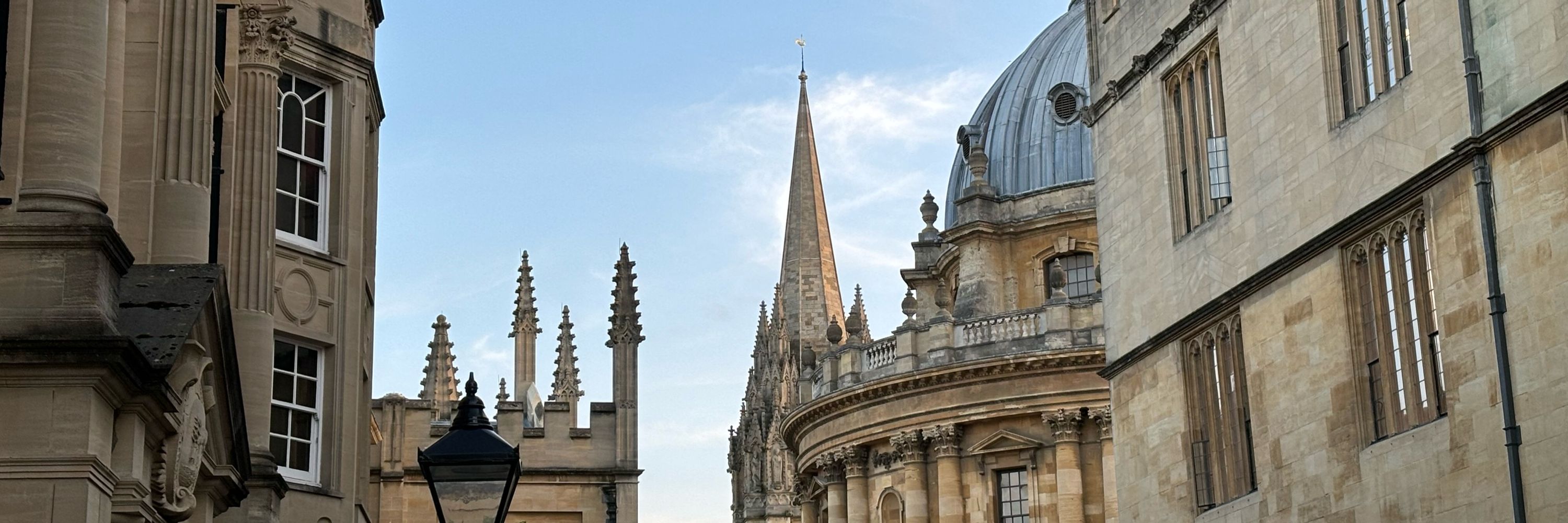
Dani Gresch
@danielagresch.bsky.social
Postdoctoral researcher at the Scene Grammar Lab studying attention, working memory, and temporal expectations
Open access until 7 December:
authors.elsevier.com/a/1lygsbotq7...
authors.elsevier.com/a/1lygsbotq7...

October 19, 2025 at 7:45 AM
Open access until 7 December:
authors.elsevier.com/a/1lygsbotq7...
authors.elsevier.com/a/1lygsbotq7...
Lastly, we outline key questions prompted by the taxonomy we introduce. Overall, a key goal for future research is to clarify how external and internal brain processes interact - within and across dimensions - to shape experience and behaviour.
October 19, 2025 at 7:44 AM
Lastly, we outline key questions prompted by the taxonomy we introduce. Overall, a key goal for future research is to clarify how external and internal brain processes interact - within and across dimensions - to shape experience and behaviour.
We believe that rather than endpoints on a single scale, “external” and “internal” reflect distinct dimensions - cognitive mode, attentional content, and sensory origin. In the article we further explain why these processes cannot be reduced to a single dimension of brain function.
October 19, 2025 at 7:44 AM
We believe that rather than endpoints on a single scale, “external” and “internal” reflect distinct dimensions - cognitive mode, attentional content, and sensory origin. In the article we further explain why these processes cannot be reduced to a single dimension of brain function.
For a brief summary, check out our feature in This Week in The Journal. (9/9)
www.jneurosci.org/content/45/1...
www.jneurosci.org/content/45/1...

This Week in The Journal
A Chloride Channel for Detecting and Perceiving Odor
Kai Clane Belonio, Eyerusalem S. Haile, Zach Fyke, Lindsay Vivona, Vaibhav Konanur et al.
(see article e2008242025)
The olfactory system detect...
www.jneurosci.org
May 2, 2025 at 2:28 PM
For a brief summary, check out our feature in This Week in The Journal. (9/9)
www.jneurosci.org/content/45/1...
www.jneurosci.org/content/45/1...
Taken together, our findings provide new insights into the neural dynamics that return WM to an internally focused and action-ready state following external interruptions. (8|9)
May 2, 2025 at 2:28 PM
Taken together, our findings provide new insights into the neural dynamics that return WM to an internally focused and action-ready state following external interruptions. (8|9)
Finally, our results suggest the concurrent availability of both visual and motor memory attributes following the interrupting response. (7|9)

May 2, 2025 at 2:28 PM
Finally, our results suggest the concurrent availability of both visual and motor memory attributes following the interrupting response. (7|9)
Second, reselection occurs immediately after the interrupting task response, regardless of the anticipated timing of memory-guided behavior. (6|9)

May 2, 2025 at 2:28 PM
Second, reselection occurs immediately after the interrupting task response, regardless of the anticipated timing of memory-guided behavior. (6|9)
Our findings advance our understanding of how we resume internal WM focus after interruption in three key ways. First, we show how both motor and visual-spatial contents are reselected in WM following an interrupting perceptual task. (5|9)

May 2, 2025 at 2:28 PM
Our findings advance our understanding of how we resume internal WM focus after interruption in three key ways. First, we show how both motor and visual-spatial contents are reselected in WM following an interrupting perceptual task. (5|9)
We considered multiple scenarios of WM reselection after interruption. In terms of content, either motor alone or both motor and visual-spatial contents could be reselected. In terms of timing, reselection could occur immediately after the interruption or just in time to guide WM behavior. (4|9)

May 2, 2025 at 2:28 PM
We considered multiple scenarios of WM reselection after interruption. In terms of content, either motor alone or both motor and visual-spatial contents could be reselected. In terms of timing, reselection could occur immediately after the interruption or just in time to guide WM behavior. (4|9)
To determine what information was reselected, the WM items had distinct visual and motor attributes. To determine when WM representations were reselected, the interrupting task was presented at one of three distinct time points following the retro-cue. (3|9)
May 2, 2025 at 2:28 PM
To determine what information was reselected, the WM items had distinct visual and motor attributes. To determine when WM representations were reselected, the interrupting task was presented at one of three distinct time points following the retro-cue. (3|9)

